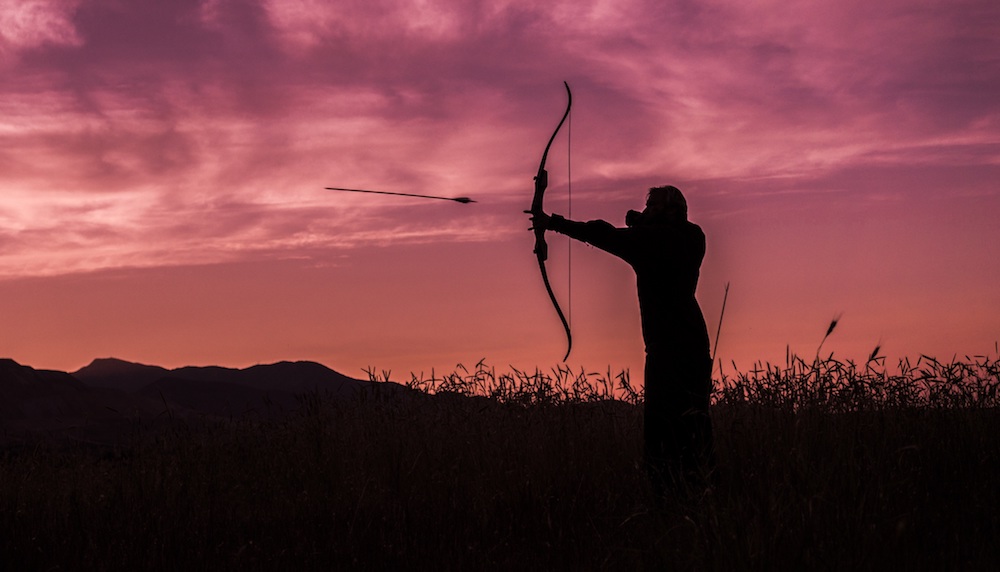Advertisement
The wait between fall hunting seasons is a long time to go without shooting your bow—especially when you want to keep your skills sharp. So, what to do? Try your hand at an indoor 3-D archery competition.
A welcome change from shooting paper targets, these simulated hunts offer a great way to stay in practice and help retain memory muscle and form over the winter months. They’re also a fun excuse to get together with your bowhunting buddies, and to meet others who are likewise passionate about the sport.
Advertisement
The Game
You don’t need specialized equipment to get into 3-D shooting—I use my normal hunting set-up, minus my bow quiver. Most shooters use a hip quiver, which offers a convenient place to nock your arrows from, as well as to hold a few spares.
You’ll only need field points, since broadheads aren’t allowed in 3-D competitions. Today’s hunting bows shoot at incredible speeds, making arrows—especially small-diameter carbon models—penetrate deeply. With that in mind, coat your arrows with lubricant so they pull out of the foam targets more easily. And to avoid blisters and sore hands, use a rubber arrow puller.
I also recommend bringing binoculars to help find your precise aiming point. A foldable two-legged kickstand is a good idea, too. It quickly clamps onto your bow’s lower limb so you can store the bow vertically and away from the crowded racks when you retrieve your arrows. Some hip quivers even have a special pocket to hold the kickstand.
Advertisement
The Gear
The competition involves shooting at various life-sized, high-density foam animal targets. Designed specifically for these competitions, the targets include common North American and African game animals. You’ll also draw on some fun objects, such as giant mosquitoes, dinosaurs and Bigfoot.
Intended for a mix of archers and bowhunters of all ages, each competition offers a class solely for fixed-sight hunting bow set-ups. There are also traditional classes for recurves and longbows.
A typical shoot consists of one to three rounds across 10 different stations, with each competitor taking three different shots at each station. Groups of shooters move from station to station until all arrows have been released, each at a different target from varying distances and angles.
Shots can be diagonal, straight or over other objects, ranging in distance from 15 to 40 metres for compounds and five to 20 metres for traditional and youth shooters. Estimating the length of the shot is part of the challenge. Regardless of the shot distance, angle or order, the scoring zone on each target is clearly visible from the station.
When competing, concentrate on one shot at a time—just like picking out a single hair while hunting. The whole group gets three to four minutes in total to shoot. To avoid wasting time, don’t glass targets when it’s your turn. Instead, step back and let others shoot while you glass your next target. Rangefinders have traditionally been banned, but some shoots now offer a rangefinder class.
The Scoring
After everyone has finished shooting and an “all clear” has been announced, the competitors retrieve their arrows from the targets and tally up their own scores before proceeding to the next station.
All 3-D targets feature the same scoring system: 11 points for a small bull’s eye in the prime spot; 10 points for the next largest circle (a heart/lung shot); eight points for any arrow embedded in the vitals region; five points if the target is hit anywhere else; and zero points for a miss.
Competition aside, 3-D indoor archery shoots offer an excellent opportunity to fire many arrows in a semi-realistic environment—and help you get ready for the real deal once the next fall hunting season finally rolls around.

